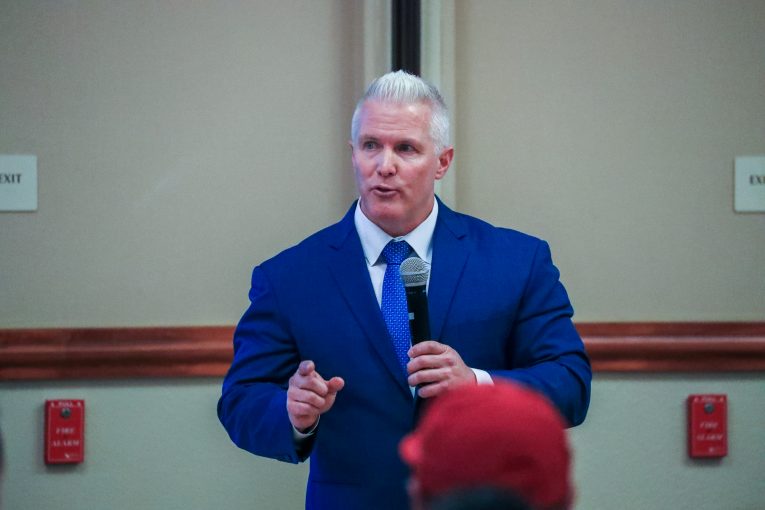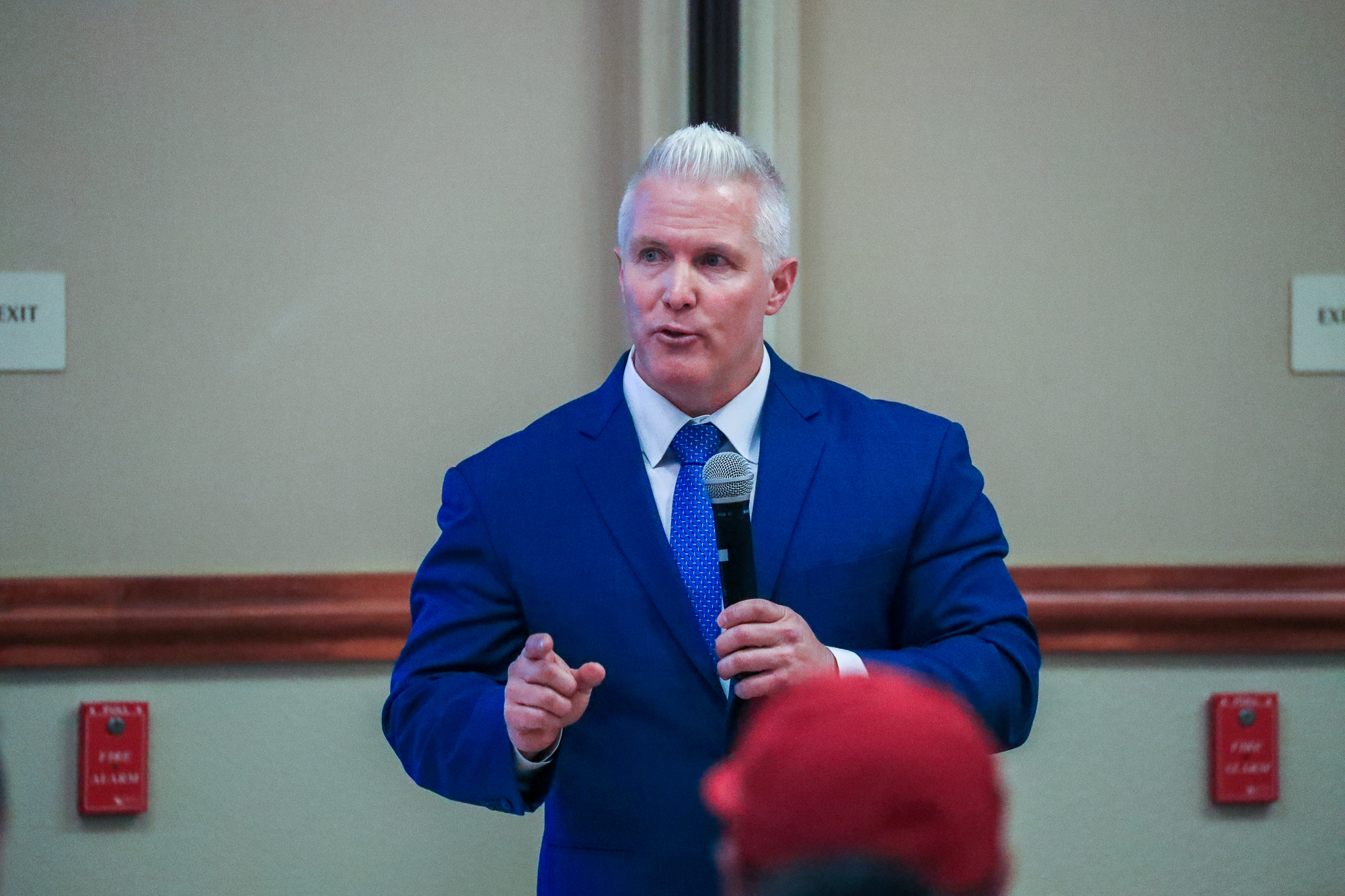

By David M. Greenwald
Executive Editor
Woodland, CA – Ever since zero bail was initiated in Yolo County—with the consent of DA Jeff Reisig—Reisig and his offense has been attacking it.
In early February, the Yolo County California District Attorney’s Office released an updated “study.” The study claims that the rate of recidivism was far higher for those who paid no bail versus those who did pay.
“In this study, individuals released on zero bail were subsequently rearrested for a total of 163% more crimes than individuals released on bail,” the DA’s office reported.
“Despite all of our best efforts to try and stop the practice, we were forced to continue to do the zero bail system and we saw our communities suffer as a result. We saw more victimization,” District Attorney Jeff Reisig said in an interview with Fox News.
As we have pointed out, that claim is not exactly true.
In June 2020, despite attacking zero bail for several months, the DA’s office assented to its continuation.
In a letter from Melinda Aiello, Assistant Chief Deputy District Attorney with the Yolo County DA’s Office, she wrote that “we recognize the ongoing need to maintain a reasonable jail population and after consultation with County Counsel encourage the court to return to its Emergency and Provisional Bail Schedule that became effective March 26, 2020.”
Reisig told CBS News, “It’s actually worse than we thought.”
CBS went so far as to interview Matt Mitchell, Professor of Mathematics and Statistics at American River College.
According to them, “Mitchell reviewed the study’s size, population, and methodology and performed a statistical analysis.”
“We would conclude the results have a very strong statistical significance,” he said.
“In short, the sampling was performed without bias,” Mitchell said.
Reisig didn’t disagree with the notion “that someone’s ability to pay bail does not impact their likelihood to recommit a crime.”
He said, “The whole point of this study is not to debate the merits of some type of bail reform. It’s to look at the issue of zero bail where people are being automatically released.”
While CBS and Fox News largely uncritically reported on the findings, Fox News was able to run the headline: “California violent crime tripled as suspects walked free without bail: reform study.”
Another right-wing publication, Newsmax, reiterated, “Study: ‘Zero Bail’ Results in More Violent Crime.”
But, despite the headlines, the study is rudimentary at best.
While other media outlets uncritically reported on the study, the Vanguard’s Robert Hansen noted that he found the study “flawed and uncompelling.”
One of my biggest problems is this: “Recidivism during an 18‐month period was examined for a random sample of 100 arrested individuals who posted bail in 2018 or 2019, compared to a random sample of 100 arrested individuals who were released on zero bail between April 19, 2020, and May 31, 2021. Offender demographics and original offenses were similar for the comparison groups despite the random sample generator process. Recidivism was counted if the individual was arrested anywhere within 18 months, for at least one new crime, after being previously released.”
While the math professor interviewed by CBS pointed out that the sample size and population were adequate and the sampling was performed without bias, he failed to note the most important difference in the two samples—their time period.
Comparing a sample pre-COVID to a sample post-COVID is not necessarily an apples-to-apples comparison.
In short, the implementation, temporarily, of zero bail is not the only intervention. A big shift occurred in terms of number of crimes taking place during the period immediately following the shutdown and that as much as bail could have driven the data.
There are a number of statistical ways to handle the problem—one would be to control for overall crime rate and another would be comparing recidivism to other jurisdictions that did not implement zero bail. Both methods would provide a more accurate picture of whether zero bail is driving the data.
Furthermore, without more controls, it would be difficult to assess what percentage of people would have been released on OR prior to COVID for the same offenses.
Also not assessed is why a release on bail versus zero bail would be that informative in the first place.
After all, Reisig acknowledges “that someone’s ability to pay bail does not impact their likelihood to recommit a crime.”
If that’s the case, why would someone who is released on bail be that much less likely to commit a new crime than someone released on zero bail—which by definition follows an extraordinarily low-level offense, either a misdemeanor or very low-level felony?
On the surface it makes no sense to claim that someone who is suspected of a misdemeanor or low-level felony who is released on zero bail is that much more likely (where we are talking more than twice as likely) to commit a new crime than someone who is released on bail, and thus by definition is a more serious offense.
Unless you believe that bail in and of itself is the key variable, there are unexplored variables that seem much more likely.
All of this suggests that it would be better for CBS and the DA’s office to consult with social scientists rather than a math professor on this statistical analysis. The math professor certainly is aware of the issues of statistical analysis, but is not able to discern the types of issues laid out here.
In short, this data analysis is not helping us uncover the mechanism by which zero bail resulted in higher rates of recidivism than bail. We need to better understand what took place during the pandemic and how that impacted crime rates overall to understand this more fully.

